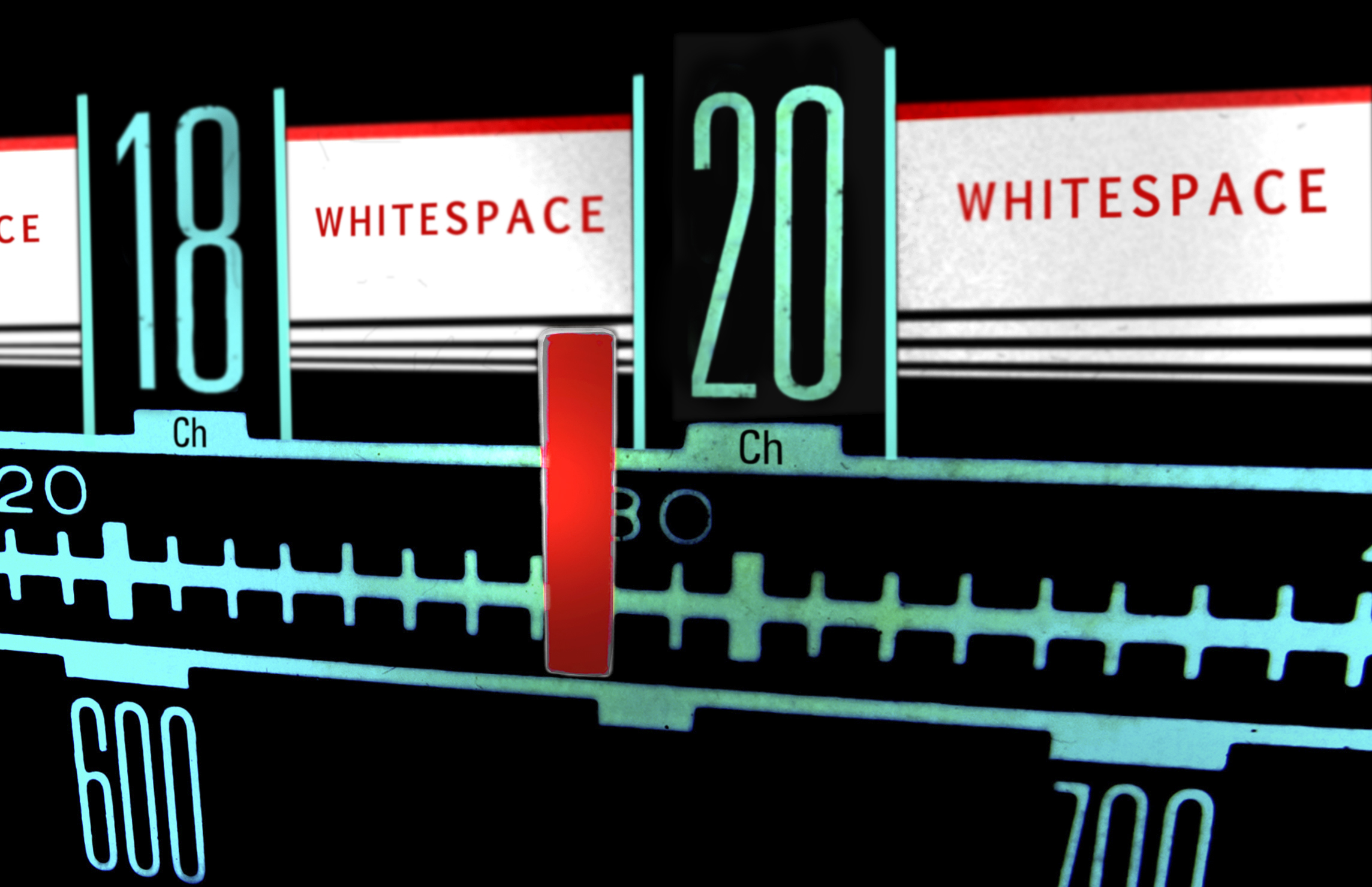Broadcasters Urge FCC to Retain White Space Spectrum-Sensing Requirement
WASHINGTON: The two major broadcast lobbies in D.C. are urging regulators to maintain a requirement that unlicensed devices employ spectrum-sensing technology. The Association for Maximum Service Television along with the National Association of Broadcasters submitted several changes to the Federal Communications Commission’s rules that would further protect broadcast signals from unlicensed devices.
“We are aware that certain device manufacturers want the commission to eliminate spectrum sensing protections,” they said in an ex parte filing directed at FCC Chairman Julius Genachowski. “We urge the commission to adhere to its decision that spectrum sensing is a necessary companion to the geolocation/database requirement. The two together are essential to achieving the commission’s stated goal of avoiding harmful interference to the public’s television service.”
Broadcast white spaces--unassigned frequencies--were opened up to unlicensed devices last year when the digital TV transition concluded. The broadcast industry has fought to make certain the so-called “TV band devices,” or TVBDs, don’t interfere with TV signals, because without licensing, there’s no way to trace them.
FCC rules require TVBDs to sense when a particular band of spectrum is in use, and to jump to one that is unoccupied. They do so through spectrum-sensing technology in conjunction with pinging a geolocation database.
MSTV and the NAB said spectrum-sensing was necessary as a “backstop to compensate for the inevitable database errors and security breaches in the geolocation/database process.” Spectrum sensing would also reduce the duration of any interference with TV signals, and protect newsgathering microphones for which “geolocation protection is not even possible,” the groups said.
Many of the changes proposed by MSTV and the NAB involve clarifying the definitions of terms used within the rules. The pair suggested, for example that an “available TV channel” include reference to their numerical frequency designation.
“A small number of ‘substantive’ refinements are proposed in order to help achieve the goal of avoiding interference to protected operations, including specification of a minimum bandwidth for TVBD transmissions, more rigorous database checking requirements, and clarification that the database cannot override a TVBD that has detected an incumbent signal sensed at the -90 dBm level; a level high enough to avoid ‘false positives’ while offering some protection from device/database mistakes or security breaches.” the filing said.
The groups said the proposed changes did not “reflect the fundamental concerns already raised by the broadcast industry.” I.e., that 40 mW allowable TVBD power levels should be reduced for adjacent-channel operations, and that the stated level of spectrum-sensing be intensified rather than eliminated.
“More complex geolocation/database requirements would be necessary if the commission were to eliminate its current sensing requirement,” the filing stated. “Now is not the time to water down the commission’s white spaces rules and procedures and abandon the prudent approach previously adopted by the commission.”
MSTV and NAB’s proposed changes are available in the FCC’s electronically filed comments.
-- Deborah D. McAdams

Get the TV Tech Newsletter
The professional video industry's #1 source for news, trends and product and tech information. Sign up below.
